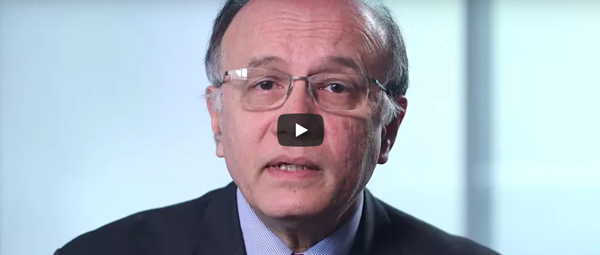Donation after brainstem death
Donation after Brainstem Death (DBD) is possible from patients whose death has been confirmed using neurological criteria (also known as brain-stem death or brain death).
Neurological criteria for the diagnosis and confirmation of death applies in circumstances where brain injury is suspected to have caused irreversible loss of the capacity for consciousness and irreversible loss of the capacity for respiration before terminal apnoea has resulted in hypoxic cardiac arrest and circulatory standstill. This diagnosis is only possible in patients who are on mechanical ventilation.
Figure 1: Potential Donor Audit data from 2012 to 2022, indicating a consistent gap between patients who fulfil the preconditions for brain-stem death testing and those who are tested and whose death is confirmed using neurological criteria. There was a rise in numbers in 2010 as a result of extending the audit to Emergency Department.

The current UK Code of Practice for the Diagnosis and Confirmation of Death was published by the Academy of the Medical Royal Colleges (AoMRC) in 2025. This replaces the historic 2008 Code. The 2025 Code builds upon previous Codes and reaffirms that the diagnosis of death using neurological criteria can be confirmed clinically on most occasions, but acknowledges that clinicians may choose to use an ancillary investigation on the occasions when there may be some uncertainty over the completion or interpretation of the clinical examination.
Endorsed testing forms, that are consistent with and should be used in conjunction with the Code of Practice, are available from the Faculty of Intensive Care Medicine.
Donor Optimisation following consent/authorisation for donation can be very effective in maximising the number and the quality of the organs transplanted. For data on UK DBD visit Potential Donor Audit.

